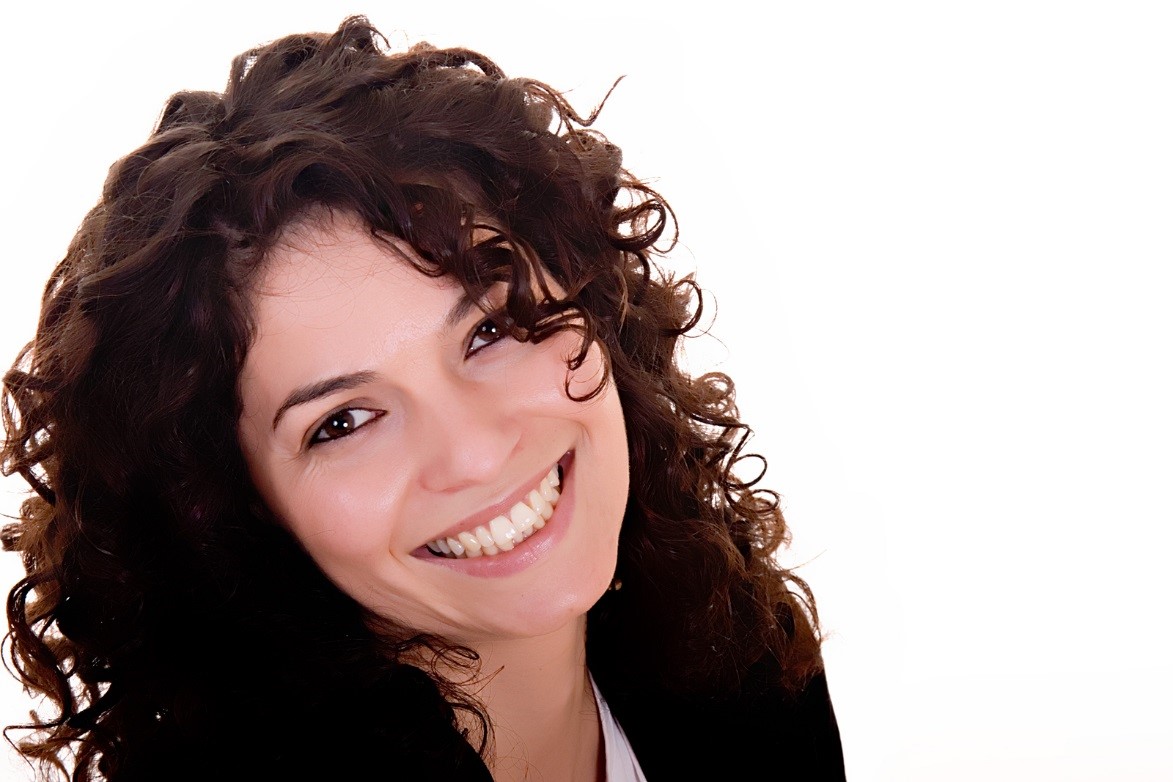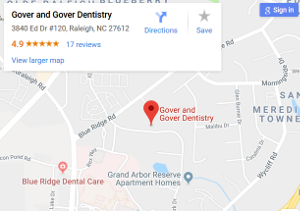In today’s dental practice, great emphasis is placed on providing patients with functional dentition that looks both appealing and healthy. Dentists in Raleigh, NC and elsewhere offer extended cosmetic treatments to restore, repair and improve the smiles of their patients.

The very outer layer of the tooth is called enamel. It is the hardest part of the tooth composed of calcium crystals and does not contain any living tissue. Porcelain veneers, crowns and bridges closely mimic the enamel part of the tooth.
The internal part of the tooth is called dentin. It resembles bone structure and contains tubes of collagen. It is a living tissue that is sensitive and complex in its texture. In the very center of dentin lies the pulp. When the tooth is affected by decay, the diseased tissues are removed and replaced with composite or tooth-colored materials that consist of silica fillers and plastic resins.
Tooth Restorations
Various materials are used by a dentist in Raleigh, NC to repair, rebuild and enhance compromised dentition. One of the most common procedures is the bonding where the material tightly adheres to the tooth structure creating a seal that protects the dentin and the pulp. These bonding materials are durable and are long lasting. Additionally, they can withstand the biting forces and allow the patient to otherwise function in a natural manner.
Good dentistry requires a combination of science and art. The dentists closely follow the natural shape and color of the existing teeth and recreate the original anatomy to ensure proper function and aesthetics simultaneously. Three different methods of tooth restorations are used most frequently and they include the following:
Direct Restorations – Implemented in cases of small tooth repairs. The resin material is applied in modest layers and hardened with a curing light.
Semi-direct Restorations – This group includes inlays and onlays that are fabricated outside the mouth and then placed to repair larger areas of the teeth affected by decay or fractures. Computer Assisted Design (CAD) may be used to manufacture this type of restoration and is typically completed chairside.
Indirect Restorations – This spectrum of dental therapy consists of crowns, bridges and veneers. The teeth are prepared by the dentist according to the need, and the restorations are fabricated by a remote dental technician. The patient is then scheduled for the following visit when the restorations are cemented using appropriate adhering agents. For more info on this subject, visit or contact your dentist in Raleigh.
Sources:
Dental Anatomy: A Review, DentalCare.com
